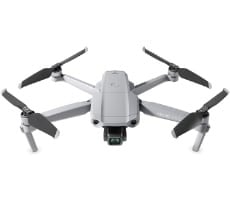We have updated the battery metrics for the
Dell XPS 15 in this review, to include our new test suite and methodology for notebook and device battery life. In recent months it has become increasingly obvious that battery life testing with notebooks needs to be more tightly controlled to set a level playing field for a number of aspects of the systems being tested. As such, we have gone back through a few recent prominent
notebook reviews, like this one, to update them with our latest findings based on these new metrics. Almost every section of this page has been updated.
In the following benchmarks we employ two very different battery life tests--Battery Eater Pro and a custom 1080p HD video loop test--to prove out battery life with our test group of machines and the Dell XPS 15. In all tests, Windows 10 Quiet Hours have been enabled and displays are calibrated with lux meters on pure white screens to 115 lux. For the average notebook this is somewhere between a 45 - 60% brightness setting. Since notebook displays significantly affect power consumption and battery life, it's important to ensure a level playing field with respect to brightness of the display for battery testing. However, since many notebook displays vary in brightness at each respective brightness setting in Windows, this calibration with the meter is also critical to ensure all displays are set to as near identical brightness as possible before testing.
 |
|
Battery Life Testing
|
|
Heavy-Duty Workload And Light-Duty Battery Life Performance Tests
|
|
The battery life results we pulled from Dell's XPS 15 are about what we expected. In the Battery Eater test, the XPS 15, with its potent graphics and CPU processing engines and 15-inch 4K display, has a lot to keep powered inside its light 4.4 pound frame. As a result, in this flat-out stress test, which spins cooling fans up to audible levels (more on this shortly), it peters out after just an hour and a half.
However, turn that workload down to simple 1080p video playback and the XPS 15 is able to manage almost 5 hours of uptime. Not bad at all, and with a bit more tweaking and certainly for models with the 1080p non-touch display, you could likely eke out a lot more, depending on workload.
A Note On Noise And Heat, Or Lack Thereof...
With a discrete GPU and quad-core CPU under its svelte hood, you would think the Dell XPS 15 might get loud or be prone to throttling. That might be true for some of the other thinner, similarly configured machines we tested here but it wasn't the case for the new XPS 15. Under the stresses and strains of our benchmark runs, we did hear its fans spin up, but it took a very hefty workload from Cinebench or a game engine like
Bioshock Infinite, to make things spool up. Even then, the machine stays relatively quiet and unoffensive. In addition, though its chassis does tend to get warm under these loads, temperatures were relatively tepid with no real hot spots to point out. In general, Dell's thermal solution with the XPS 15 is well-designed, effective and well-behaved.








